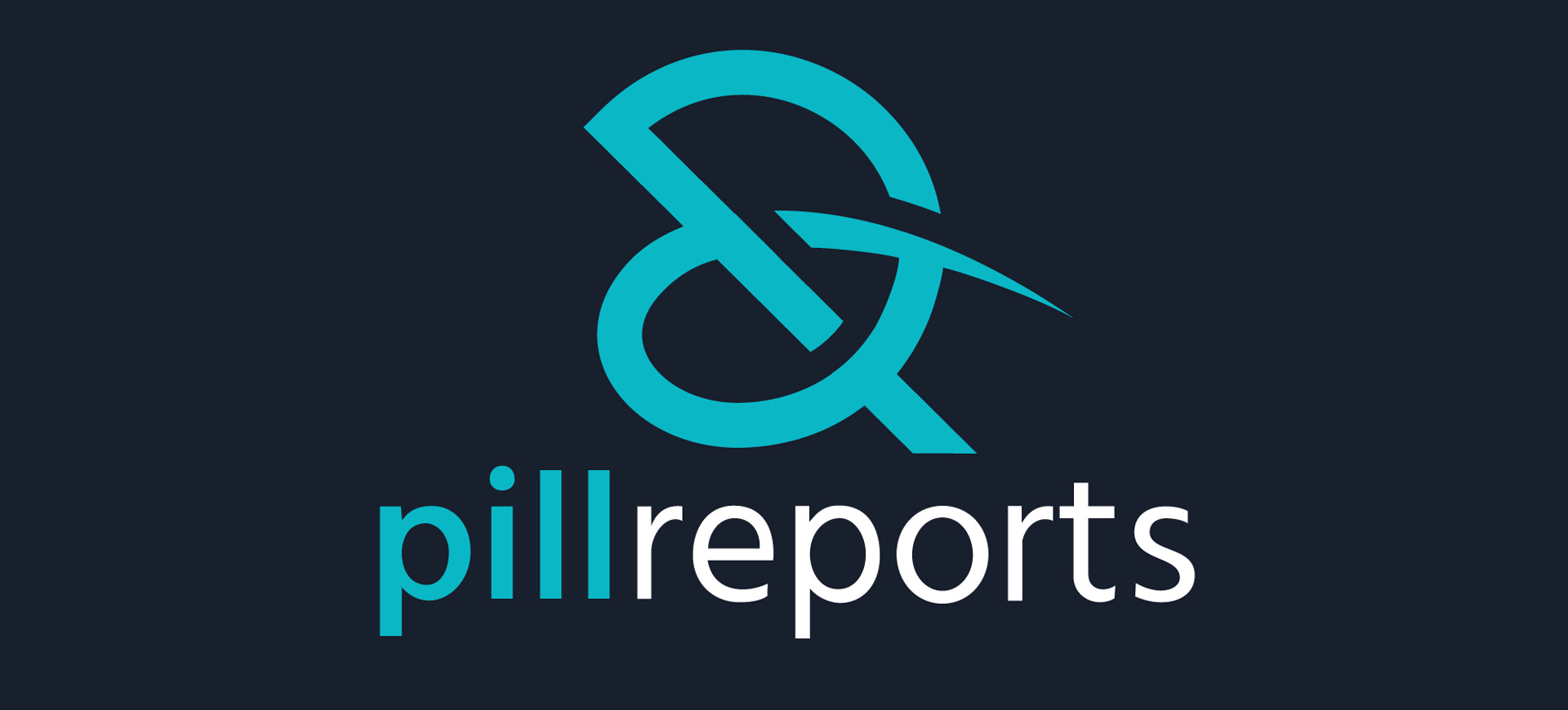Why Recovery Matters: How Elite Athletes Avoid Burnout – Strategies and Insights
Elite athletes push their bodies to the limit—but without proper recovery, that grind quickly backfires. Fatigue builds, performance drops, and eventually, burnout hits. That’s why recovery isn’t just helpful—it’s a core part of staying in top form. Today, pros across every sport treat recovery as seriously as training. It keeps them strong, focused, and able to perform day in and day out.
Sleep: The MVP of Recovery
Whether you ask a physiologist or a sports coach, they would likely tell you the same: ” Sleep is where the magic happens.” Elite athletes require deeper, prolonged sleep for muscle recovery and rebuilding, healing brain functions, and managing the immune system. Most highly trained performers of any discipline aim for 8 to 10 hours of sleep every night, and many even track their sleep using wearable technology. Athletes monitor their resting heart rate, breathing rate, and sleep stages, allowing them to detect overtraining long before injuries occur.
And while they work on muscle repair and mental reset, fans stay sharp in their own way—tracking scores, matchups, and insights through tools like the MelBet online betting app for a more connected game-day experience. Modern recovery technology includes specialized sleep tracking, blackout rooms, and even controlled ‘naps’ monitored by brainwave activity. It may sound outlandish, but every little edge is critical when your body is your paycheck.
Core Elements of a Good Recovery Plan
Recovery Focus | What It Helps With |
Sleep Quality | Muscle repair, mental reset, hormone balance |
Nutrition + Hydration | Replenishes fuel, supports tissue healing |
Mobility Work | Keeps joints healthy, prevents stiffness |
Massage/Foam Rolling | Aids circulation, reduces muscle tightness |
Rest Days | Gives the body and mind time to recharge |
Active Recovery: Movement That Helps, Not Hurts
Relaxation can also be yoga, slow swimming, casual walking, or leisurely biking; it is not restricted to slumping on the couch. These activities can improve blood circulation, boost muscle recuperation, increase flexibility, and assist in recovery, all requiring little effort.
This is a standard recovery method for many athletes after rigorous training or competitive sessions. It helps release muscle tension and stress, improves mental state, and assists in rhythm sustainment. In addition, it promotes cognitive relaxation while offering the ability to remain active without the rigid parameters of a workout routine.
Nutrition: More Than Just Fuel
Just like intel is processed and stored using algorithms, your body stores vital information every time you eat. Athletes, for instance, require protein post-workout for muscle recovery, carbs for energy replenishment, and ample water and electrolytes for hydration balance.
Recovery meals are specially catered, and salmon, rice, and avocado are served along with greens and fruit to round it out. Supplements like protein shakes or those containing omega-3s and magnesium are wonderful during time-constrained periods.
Water intake is equally important. For instance, a 1 to 2 percent drop in the body's water intake can impair concentration, coordination, and stamina. Strategic drinking before, during, and after workouts works best for optimal performance, instead of waiting until thirst sets in.
Mental Recovery: Keeping the Brain Fresh
Rest and meditation, along with breathing exercises, assist in burnout recovery. Such methods enhance the overall strategy for restoration. Mental fatigue is the result of sharp decision-making and overactive focus—a form of expenditure. Both physical and psychological burnout originate from the mind.
Now, every athlete has a personal mental trainer or coach to help them reset and build relaxation habits. Among other options, relaxation apps based on guided meditation are popular among mental coaches. Some use early bedtimes, low-stress social interactions, or breaks from screens and other stressors.
Mental aids for decision-making, reaction time, and even endurance are incurred during extended periods without interruption. Resetting mentally reverts the condensation of negative mental states.
Gadgets and Tools Used by the Pros
Elite athletes love their gadgets, and the recovery space is no exception. Here’s a quick list of tools commonly used during recovery sessions:
- Massage Guns – Reduce tension and speed up blood flow in sore areas
- Compression Boots – Help flush lactic acid from the legs
- Cryotherapy Chambers – Extreme cold therapy to calm inflammation
- Sleep Trackers – Monitor recovery metrics and sleep quality
- Infrared Saunas – Support muscle relaxation and detoxification
Recovery in Action: Team-Level Strategies
As of now, recovery specialists are employed full-time by NBA teams and international football clubs. They analyze and control data concerning the information management systems dealing with recovery periods and the athlete's well-being. Take, for example, users skipping the scheduled shoot-around after two days of traveling.
Fans interested in seeing how their favorite teams are recovering between matches, adjusting lineups, or dealing with fatigue often check out https://www.facebook.com/melbetmong for behind-the-scenes updates, predictions, and ongoing conversations with fellow sports lovers.
Final Thoughts
Just like training, recovery is essential to ensuring that top athletes do not burn out. Sleep, nutritious meals, relaxation such as massages, and even short mental breaks help to prepare, both physically and mentally, for the next challenge.
For several years now, this awareness has been rapidly expanding beyond the athletic confines of locker rooms and gyms into studios, private homes, and global residences. One fact stands indisputably — every person, regardless of age, benefits from recovery. People are able to improve training regimens, perform strenuous activities over extended periods of time, and maintain overall physical fitness.
So, the next time you take a well-deserved break and rest, do not feel guilty. It’s actually the exact opposite; you are recovering and truly improving.
- Posted by pradmin
- May 20, 2025
ABOUT PILLREPORTS
Pillreports is a global database of Ecstasy" pills based on both subjective user reports and scientific analysis. "Ecstasy" is traditionally the name for MDMA based pills, however here we also include closely related substances such as MDA, MDEA, MBDB. Pills sold as "Ecstasy" often include other, potentially more dangerous, substances such as methamphetamine, ketamine and PMA.
